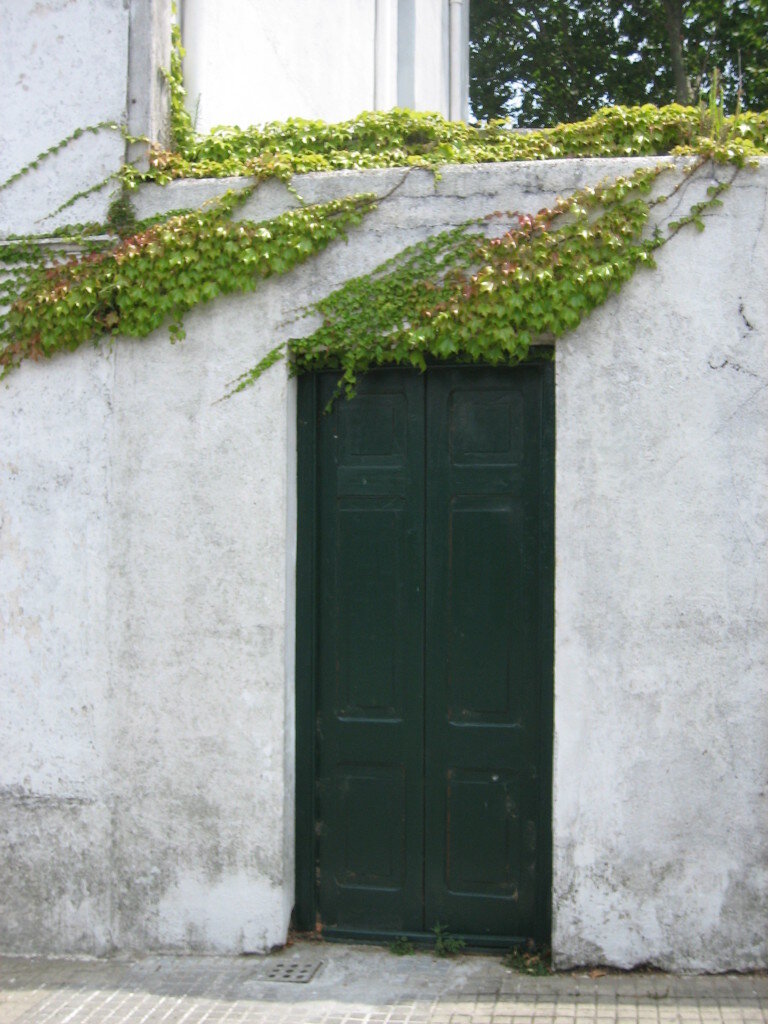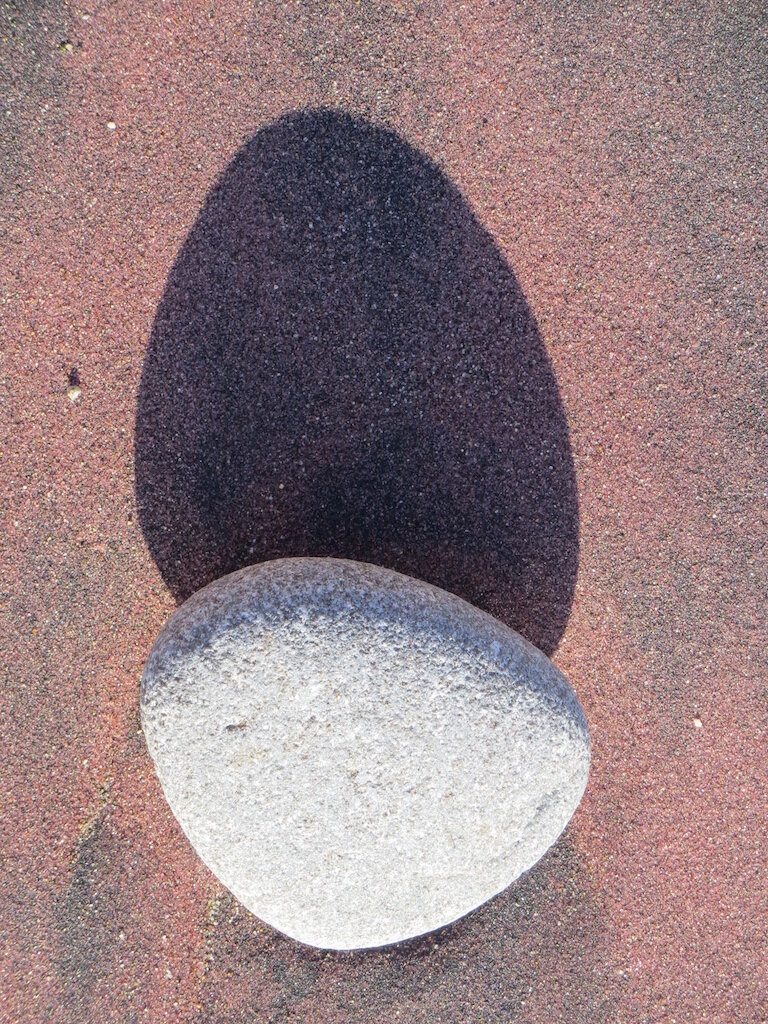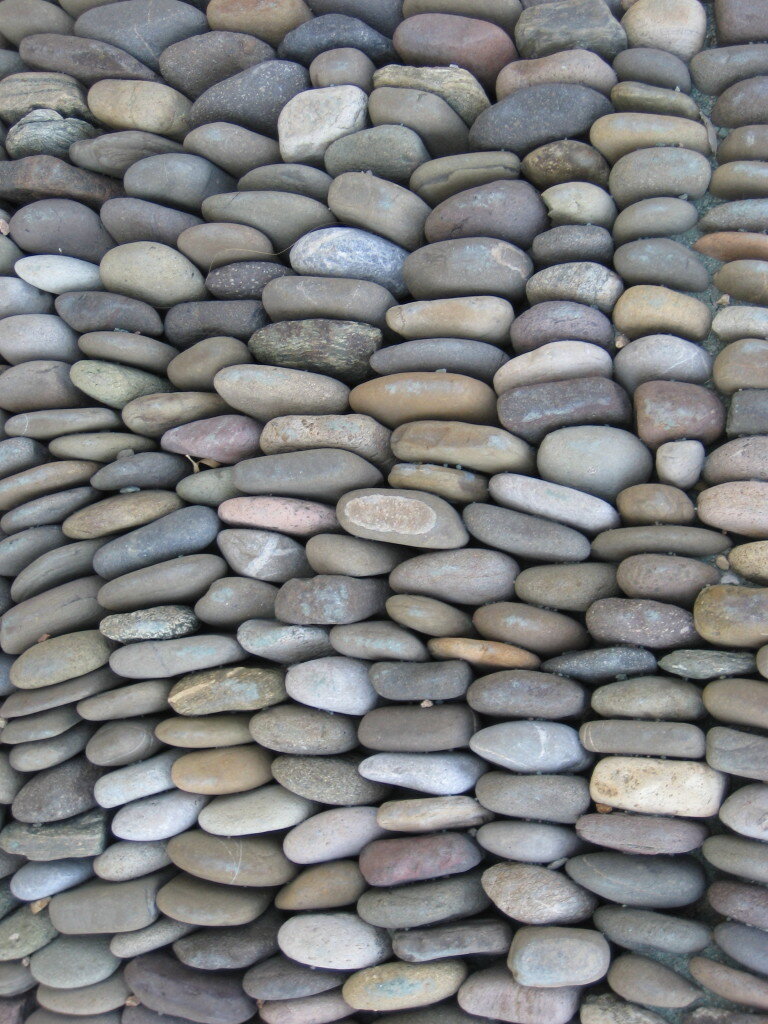Book Review: Wabi Sabi* by Leonard Koren
Rob Forbes | 06-10-2015
“Indeed, you could say that Koren has spearheaded the design equivalent of the slow food movement.” -The New York Times
There is a new book out by author Leonard Koren. His first book was Wabi-Sabi for Artists, Designers, Poets & Philosophers, a best-seller from 1994, a classic, which was updated in 2008. It’s about “the beauty of things imperfect, impermanent, and incomplete, a beauty of things modest and humble, and a beauty of things unconventional” in Koren’s words. But any summary descriptors are wholly inadequate. Here are a few snippets from the 77 reviews online:
This is the type of book you blaze through in about 30 minutes, but will most likely want to keep for a lifetime as inspiration. Reason? Because there simply isn’t another book of it’s tone or mission.
Be warned: after you read this book, everything in your rooms will “irk” you except some wildflowers in a jam jar, an unpainted wooden table and one black futon.
At first I thought the book would be about that green mustard they serve with sushi. It’s much more profound than that, and was just what I needed to hit the spot.
If you have not heard of Koren, or this book, and if you like to look at stuff closely and think about what you see, get it now. Seriously. This modest publication might be the best $10.80 (current Amazon price) investment you can make in your aesthetic and spiritual education – other than sitting on the beach and watching a sunset with a tequila. And once you’ve purchased and read his first book, you’ll be in the right mindset for his new one – Wabi-Sabi: Further Thoughts, a thoughtful and elegantly illustrated addendum that was published in March.
I just read Wabi-Sabi: Further Thoughts cover to cover in one sitting. This is not particularly hard to do because it’s only 94 pages, has large type and numerous full-page illustrations. The only thing that slowed me down was the time it took to mull over the many heady ideas. Koren’s approach gets to the heart of many aesthetic and philosophic ideas that challenge our assumptions about the principles of modernism, and the tenets of western art and design in general. His thinking reminds me of a conversation I had with John Maeda a few years ago when I started PUBLIC Bikes:
Rob: Give me a better example of a more beautiful design than the simple bicycle?
John: Sure, a good rock.
Wabi-Sabi: Further Thoughts is a helpful read for all of us who might sometimes take our ourselves and our aesthetic work too seriously. I would especially recommend anything Koren to the design aficionados who are placing bets on technology for salvation. If you truly believe that an i-pad has more potential than a notepad, or that a Mont Blanc pen is more beautiful than a simple pencil, this book is guaranteed to get you thinking. It’s equally relevant for western rationalists who hold Cartesian principles sacred and relish Pythagorean ideals of beauty. ‘Moral Precepts’ like “Get rid of anything that is unnecessary” and “Focus on the intrinsic and ignore material hierarchy” may seem preachy or naïve in our consumer culture, but they certainly have their place in design thinking. Koren’s books are simply a little treasure for anyone who likes to use his or her eyes and brains.
*The term wabi-sabi has been sullied and dumbed down almost as much as ‘sustainability’ and ‘branding’ in our modern vocabulary. So I won’t take it further down that path. I have been drawn to these principles since being a potter decades ago and studying the art and nuances of the Japanese tea ceremony and being drawn to the accidental and random effects that result from the kiln firing processes. And the obsession I have in my personal search for beauty in everyday stuff is what I try to get at in my own book, See For Yourself. But that is for another essay.



